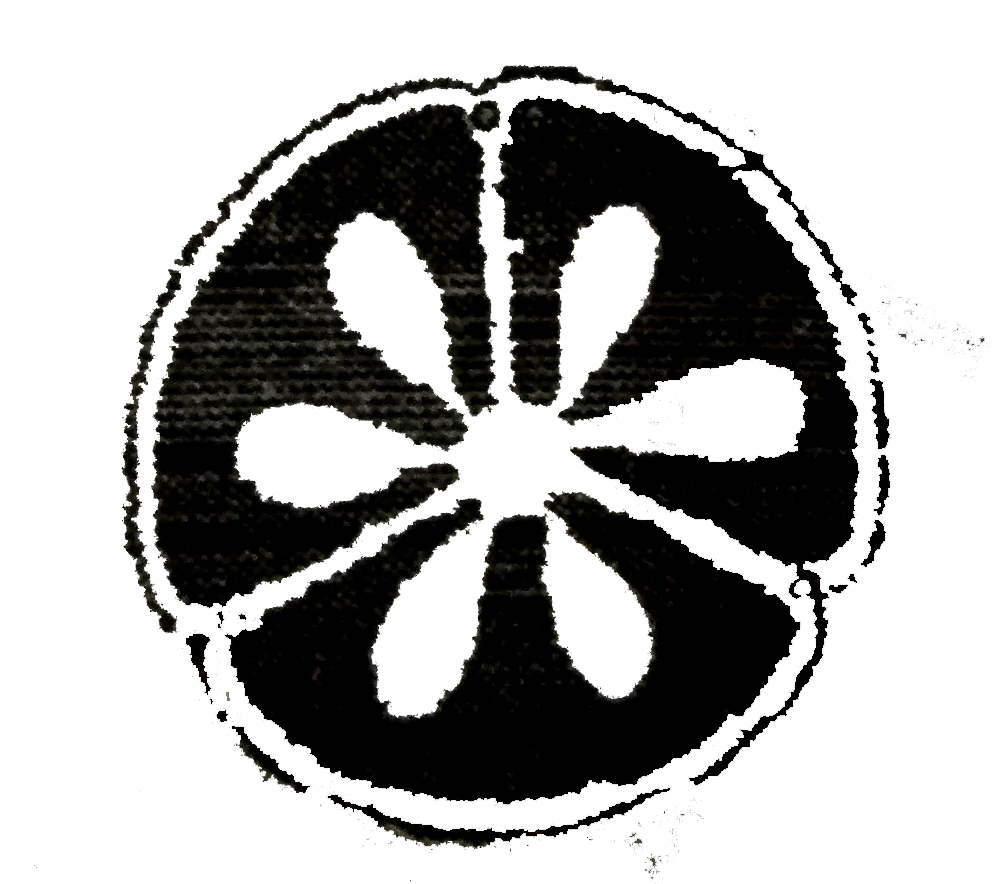Placentation is arrangement of
Ovules
Sepals and petals
Stamens and carpels
Carpels
The correct Answer is:A
Step-by-Step Solution:
1. Understanding Placentation: Placentation refers to the arrangement of ovules within the ovary of a flower. It is a critical aspect of flower anatomy and reproductive biology.
2. Identifying the Correct Option: Among the options provided (ovules, sepals and petals, stamens and carpels, carpels), the correct answer is "ovules" because placentation specifically pertains to the arrangement of ovules.
3. Types of Placentation:
- Marginal Placentation: In this type, the placenta develops along the suture of the ovary, and the ovules are arranged in two rows. An example of this is seen in the pea plant (Pisum sativum).
- Parietal Placentation: Here, the ovary is fused along the ventral suture, and the placenta is located along the fused sutures. Cucurbits (like cucumbers and pumpkins) are examples of this type.
- Axile Placentation: In axile placentation, the placenta develops on the central axis of the ovary, with ovules attached to it. This can be observed in plants like Solanum (potato).
- Basal Placentation: In this arrangement, a single ovule develops on the placenta located at the base of the ovary. Members of the Asteraceae family (composites) exhibit this type.
- Free Central Placentation: In this type, the placenta develops on the central axis, but the ovules are not attached to the ovary wall.
4. Conclusion: The correct answer to the question is "ovules" as placentation specifically refers to their arrangement within the ovary. Other options like sepals, petals, stamens, and carpels do not pertain to placentation.
- Marginal Placentation: In this type, the placenta develops along the suture of the ovary, and the ovules are arranged in two rows. An example of this is seen in the pea plant (Pisum sativum).
- Parietal Placentation: Here, the ovary is fused along the ventral suture, and the placenta is located along the fused sutures. Cucurbits (like cucumbers and pumpkins) are examples of this type.
- Axile Placentation: In axile placentation, the placenta develops on the central axis of the ovary, with ovules attached to it. This can be observed in plants like Solanum (potato).
- Basal Placentation: In this arrangement, a single ovule develops on the placenta located at the base of the ovary. Members of the Asteraceae family (composites) exhibit this type.
- Free Central Placentation: In this type, the placenta develops on the central axis, but the ovules are not attached to the ovary wall.
Topper's Solved these Questions
Similar Questions
Knowledge Check
Which kind of placentation is represented by the given figure ?
 AMarginalBAxileCParietalDBasal
AMarginalBAxileCParietalDBasal
Axile placentation is present in
View SolutionPlacentation is parietal in the ovary of
View SolutionPlacentation found in argemone is
View SolutionTrimerous flower, superior ovary and axlle placentation is characteristic of
View SolutionPlacentation in tomato and lemon is
View SolutionPlacentation in tomato and lemon is
View SolutionPlacentation in Dianthus is
View Solution
